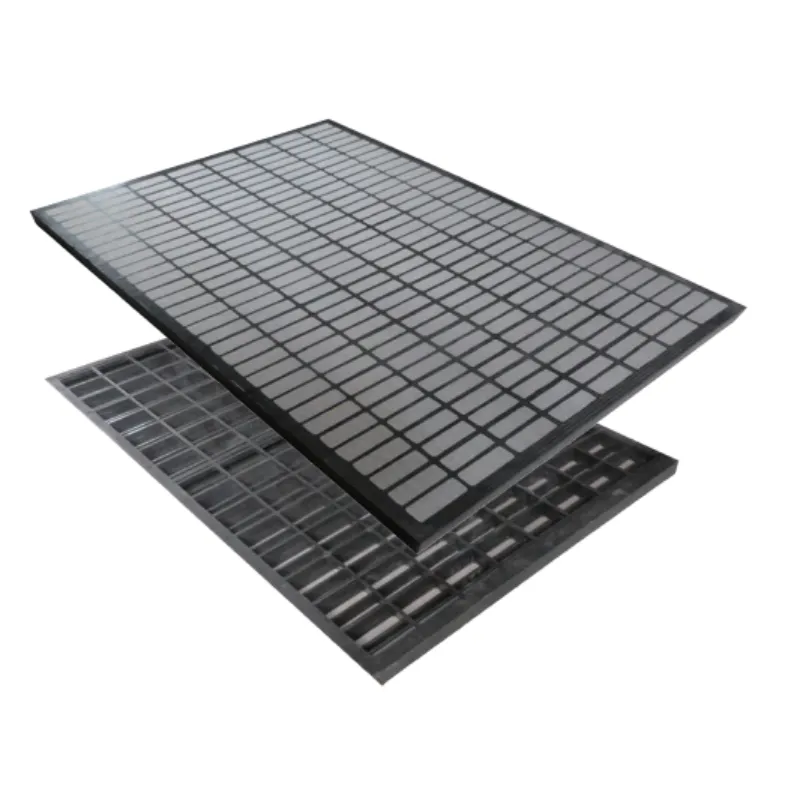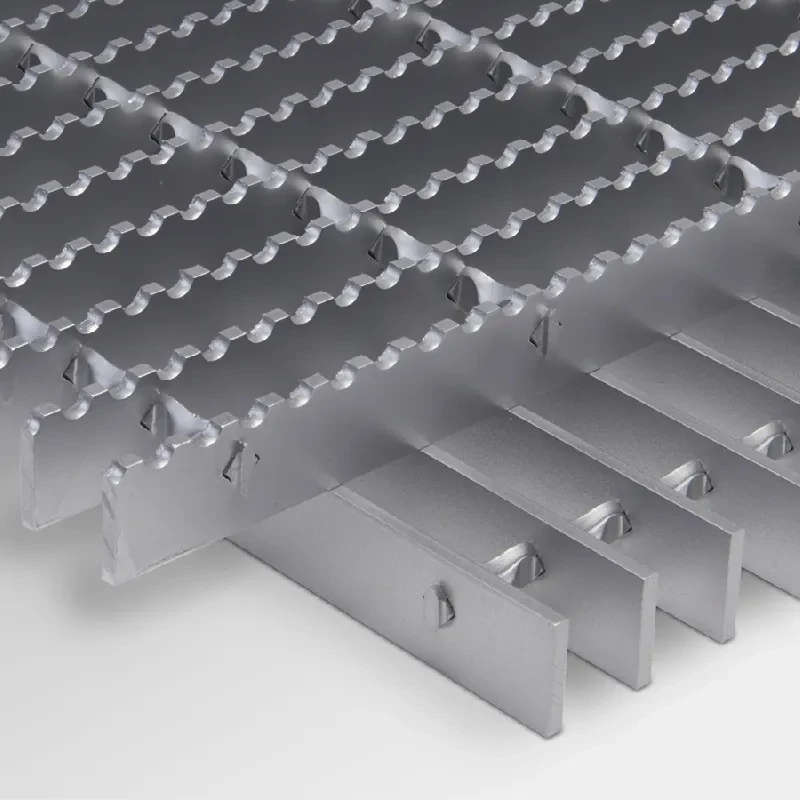- Industrial zone, South of Anping Town, Hengshui, Hebei, China.
- sales@hfpetromesh.com
- +86-18931809706
 Afrikaans
Afrikaans  Albanian
Albanian  Amharic
Amharic  Arabic
Arabic  Armenian
Armenian  Azerbaijani
Azerbaijani  Basque
Basque  Belarusian
Belarusian  Bengali
Bengali  Bosnian
Bosnian  Bulgarian
Bulgarian  Catalan
Catalan  Cebuano
Cebuano  Corsican
Corsican  Croatian
Croatian  Czech
Czech  Danish
Danish  Dutch
Dutch  English
English  Esperanto
Esperanto  Estonian
Estonian  Finnish
Finnish  French
French  Frisian
Frisian  Galician
Galician  Georgian
Georgian  German
German  Greek
Greek  Gujarati
Gujarati  Haitian Creole
Haitian Creole  hausa
hausa  hawaiian
hawaiian  Hebrew
Hebrew  Hindi
Hindi  Miao
Miao  Hungarian
Hungarian  Icelandic
Icelandic  igbo
igbo  Indonesian
Indonesian  irish
irish  Italian
Italian  Japanese
Japanese  Javanese
Javanese  Kannada
Kannada  kazakh
kazakh  Khmer
Khmer  Rwandese
Rwandese  Korean
Korean  Kurdish
Kurdish  Kyrgyz
Kyrgyz  Lao
Lao  Latin
Latin  Latvian
Latvian  Lithuanian
Lithuanian  Luxembourgish
Luxembourgish  Macedonian
Macedonian  Malgashi
Malgashi  Malay
Malay  Malayalam
Malayalam  Maltese
Maltese  Maori
Maori  Marathi
Marathi  Mongolian
Mongolian  Myanmar
Myanmar  Nepali
Nepali  Norwegian
Norwegian  Norwegian
Norwegian  Occitan
Occitan  Pashto
Pashto  Persian
Persian  Polish
Polish  Portuguese
Portuguese  Punjabi
Punjabi  Romanian
Romanian  Russian
Russian  Samoan
Samoan  Scottish Gaelic
Scottish Gaelic  Serbian
Serbian  Sesotho
Sesotho  Shona
Shona  Sindhi
Sindhi  Sinhala
Sinhala  Slovak
Slovak  Slovenian
Slovenian  Somali
Somali  Spanish
Spanish  Sundanese
Sundanese  Swahili
Swahili  Swedish
Swedish  Tagalog
Tagalog  Tajik
Tajik  Tamil
Tamil  Tatar
Tatar  Telugu
Telugu  Thai
Thai  Turkish
Turkish  Turkmen
Turkmen  Ukrainian
Ukrainian  Urdu
Urdu  Uighur
Uighur  Uzbek
Uzbek  Vietnamese
Vietnamese  Welsh
Welsh  Bantu
Bantu  Yiddish
Yiddish  Yoruba
Yoruba  Zulu
Zulu
- Afrikaans
- Albanian
- Amharic
- Arabic
- Armenian
- Azerbaijani
- Basque
- Belarusian
- Bengali
- Bosnian
- Bulgarian
- Catalan
- Cebuano
- Corsican
- Croatian
- Czech
- Danish
- Dutch
- English
- Esperanto
- Estonian
- Finnish
- French
- Frisian
- Galician
- Georgian
- German
- Greek
- Gujarati
- Haitian Creole
- hausa
- hawaiian
- Hebrew
- Hindi
- Miao
- Hungarian
- Icelandic
- igbo
- Indonesian
- irish
- Italian
- Japanese
- Javanese
- Kannada
- kazakh
- Khmer
- Rwandese
- Korean
- Kurdish
- Kyrgyz
- Lao
- Latin
- Latvian
- Lithuanian
- Luxembourgish
- Macedonian
- Malgashi
- Malay
- Malayalam
- Maltese
- Maori
- Marathi
- Mongolian
- Myanmar
- Nepali
- Norwegian
- Norwegian
- Occitan
- Pashto
- Persian
- Polish
- Portuguese
- Punjabi
- Romanian
- Russian
- Samoan
- Scottish Gaelic
- Serbian
- Sesotho
- Shona
- Sindhi
- Sinhala
- Slovak
- Slovenian
- Somali
- Spanish
- Sundanese
- Swahili
- Swedish
- Tagalog
- Tajik
- Tamil
- Tatar
- Telugu
- Thai
- Turkish
- Turkmen
- Ukrainian
- Urdu
- Uighur
- Uzbek
- Vietnamese
- Welsh
- Bantu
- Yiddish
- Yoruba
- Zulu
Янв . 31, 2025 05:30
Back to list
Steel Grating
In the world of modern drainage solutions, trench drains and grates play a pivotal role in effective water management, ensuring safety and functionality across a multitude of environments. As a seasoned industry expert, I have observed a growing demand for systems that not only meet industrial standards but also cater to aesthetic and sustainability requirements. This comprehensive overview emphasizes the critical aspects of trench drains and grates, supported by years of field experience and a deep well of expertise.
Another trend reshaping the industry is the push towards sustainable solutions. Modern trench drain designs incorporate eco-friendly materials and practices, such as permeable pavers and infiltration trenches, which promote groundwater recharge and reduce stormwater runoff. This not only addresses environmental concerns but also often complies with stringent regulatory standards for green building. Technology also permeates the drainage industry, with innovations such as smart grating systems equipped with sensors that monitor water levels and flow rates in real-time. This technology allows for proactive system management, reducing the risk of drainage failures and optimizing performance. Given the complexities and technical considerations involved, consulting with professionals ensures optimal system design, installation, and maintenance. Partnering with established manufacturers guarantees products adhering to the highest industry standards, backed by warranties and technical support. Trench drains and grates are indispensable in modern infrastructure, combining form and function to handle diverse drainage challenges. Leveraging the right combination of materials, designs, and installation practices results in systems that not only perform exceptionally but also integrate harmoniously with their surroundings. In conclusion, staying informed about advancements in materials and technology, coupled with practical expertise, enables businesses and homeowners to implement effective and sustainable drainage solutions. By understanding these systems and their nuanced requirements, stakeholders can ensure safety, compliance, and longevity in their projects. This knowledge and strategic implementation are invaluable resources in the construction and maintenance of infrastructure that meets contemporary needs while anticipating future demands.


Another trend reshaping the industry is the push towards sustainable solutions. Modern trench drain designs incorporate eco-friendly materials and practices, such as permeable pavers and infiltration trenches, which promote groundwater recharge and reduce stormwater runoff. This not only addresses environmental concerns but also often complies with stringent regulatory standards for green building. Technology also permeates the drainage industry, with innovations such as smart grating systems equipped with sensors that monitor water levels and flow rates in real-time. This technology allows for proactive system management, reducing the risk of drainage failures and optimizing performance. Given the complexities and technical considerations involved, consulting with professionals ensures optimal system design, installation, and maintenance. Partnering with established manufacturers guarantees products adhering to the highest industry standards, backed by warranties and technical support. Trench drains and grates are indispensable in modern infrastructure, combining form and function to handle diverse drainage challenges. Leveraging the right combination of materials, designs, and installation practices results in systems that not only perform exceptionally but also integrate harmoniously with their surroundings. In conclusion, staying informed about advancements in materials and technology, coupled with practical expertise, enables businesses and homeowners to implement effective and sustainable drainage solutions. By understanding these systems and their nuanced requirements, stakeholders can ensure safety, compliance, and longevity in their projects. This knowledge and strategic implementation are invaluable resources in the construction and maintenance of infrastructure that meets contemporary needs while anticipating future demands.
Share
Prev:
Latest news
-
Welded Steel Bar Grating: The Rugged Industrial Flooring Solution Built for Load and LongevityNewsJun.24,2025
-
Steel Walkway Grating: Reliable, Resilient, and Built for Every StepNewsJun.24,2025
-
Shale Shaker Screen for Sale: Optimize Drilling Efficiency with Precision Screening PowerNewsJun.24,2025
-
Shaker Screen for Sale: Elevate Your Drilling Efficiency with Durable Separation SolutionsNewsJun.24,2025
-
Press Locked Steel Grating: Industrial Strength with Precision Fit for Heavy-Duty ApplicationsNewsJun.24,2025
-
Perimeter Safety Netting: The Critical Safety Upgrade for Every HelipadNewsJun.24,2025